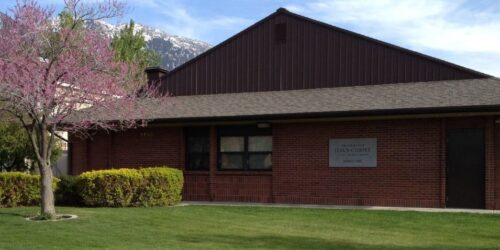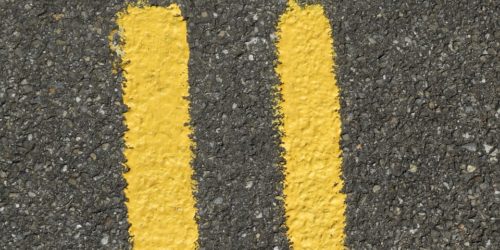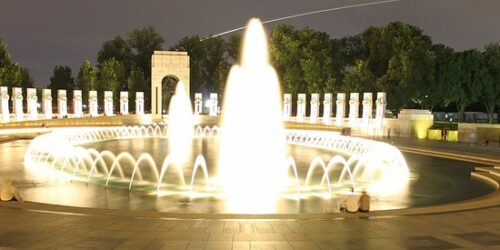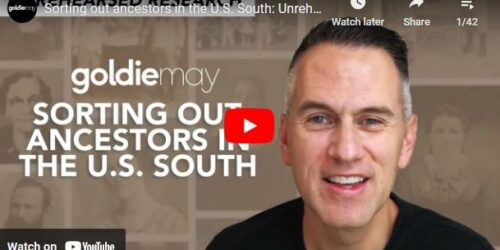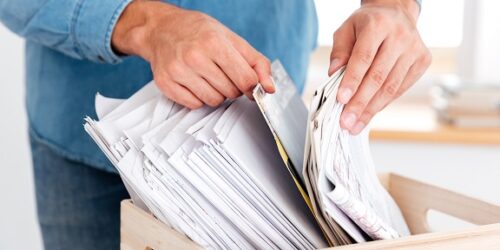During the last two years or so, I had online consultations through the FamilySearch Family History Library in Salt Lake City, Utah. These consultations last twenty minutes and I usually schedule eight a week. The FamilySearch Family History Library has a link to get Research Help. Here is the page with the link.
The experience of helping people around the world has been amazing. However, during the pandemic, there was a major problem for people living in some areas of the world. The records that they needed to research their families had restricted access on the FamilySearch.org website. Here is what they saw when they tried to view the records.
If the patron clicked on one of the records with the little key over the camera icon, they sometimes got a message saying that the records were restricted to viewing in a Family History Center. For patrons in South America nearly all the records they might need had this restriction. However, during the pandemic, none of the Family History Centers were open. Hmm. No access. Now that many of the Family History Centers are now open, the problem has mostly disappeared. This example merely points out a small part of the universal problem of access to important genealogically valuable records. An example at the other end of the spectrum of accessibility is the U.S. National Archives. Here are some of the statistics from the webpage, National Archives by the Numbers.
- Locations: 43 facilities in 17 states, plus the District of Columbia
- Number of staff: 2,569
- Size of permanent archival holdings:
- 13.5 billion pieces of paper
- More than 700,000 artifacts
- More than 448 million feet of film, or about 85,028 miles (enough to circle the earth almost 3.5 times)
- 40 million photographs
- 40 million aerial images
- 10 million maps, charts, and architectural/ engineering drawings
- 835 terabytes of electronic records
- New archival holdings: In 2019*, the National Archives accessioned 55,552 cubic feet of analog records and 9 terabytes of electronic records into the permanent archival collection.
- Digitized records in the National Archives Catalog: 205,039,338 pages
- NARA digital images in the Digital Public Library of America (DPLA): 17.4 million
- NARA images in Wikipedia / Wikimedia Commons: 1.16 million
- Total number of views of NARA records on all Wiki platforms: 2.1 billion
 |
| https://catalog.archives.gov/id/6207635 |
Do you see the notice that this collection is not yet digitized? You can click on the link above to read the full description of the records. Can you see why a genealogist just might be interested in these records? Again, Hmm. By the way, this is only Record Group 75, what about Record Group 74 etc.? Check out this link to the Native American Heritage Bureau of Indian Affairs records for Arizona. https://www.archives.gov/research/native-americans/bia-guide/arizona?_ga=2.106955778.162081833.1671719579-1383753193.1669312243
Researchers ages 18+ may request an appointment to use the Library’s reading rooms upon establishing a research need that requires the use of The Huntington’s collections, identifying specific materials, and presenting the required form(s) of identification at orientation. Proof of vaccination and booster is required to use the Library.
At least the Huntington Library has made an effort to digitize and make available some of its collections online. Here is the link to the digital collections. See https://hdl.huntington.org/
I could go on and on (as usual) with examples but I will end up with one more. This is a collection of records that I myself digitized and made available. I did not place any restrictions at all on the content or availability when I gave the entire paper collection to the Brigham Young University Special Collections Library or to when I gave a digitized copy of the collection to the Salt Lake City, Utah Family History Library. Here is the entry in the FamilySearch Catalog.
 |
| https://www.familysearch.org/search/catalog/1222773?availability=Family%20History%20Library |
This collection is searchable only when physically present in the library. Oh well, when we talk about doing genealogical research and when we add that doing genealogy is fun and easy, those who are saying these things seem to forget how difficult it is to gain access to many, if not most, of the records around the world. We have been blinded by the online offerings that only begin to scratch the surface of all the records that are potentially available if anyone had the time and the resources to search them. Finally, no I am not going senile. I am fully aware that I write about this issue, sometimes with the same examples, from time to time. Somedays I just wake up with the burden of knowing that the information exists if I could only live long enough to research it.




